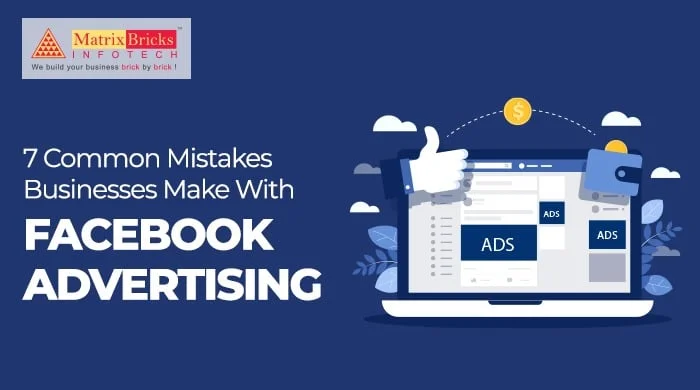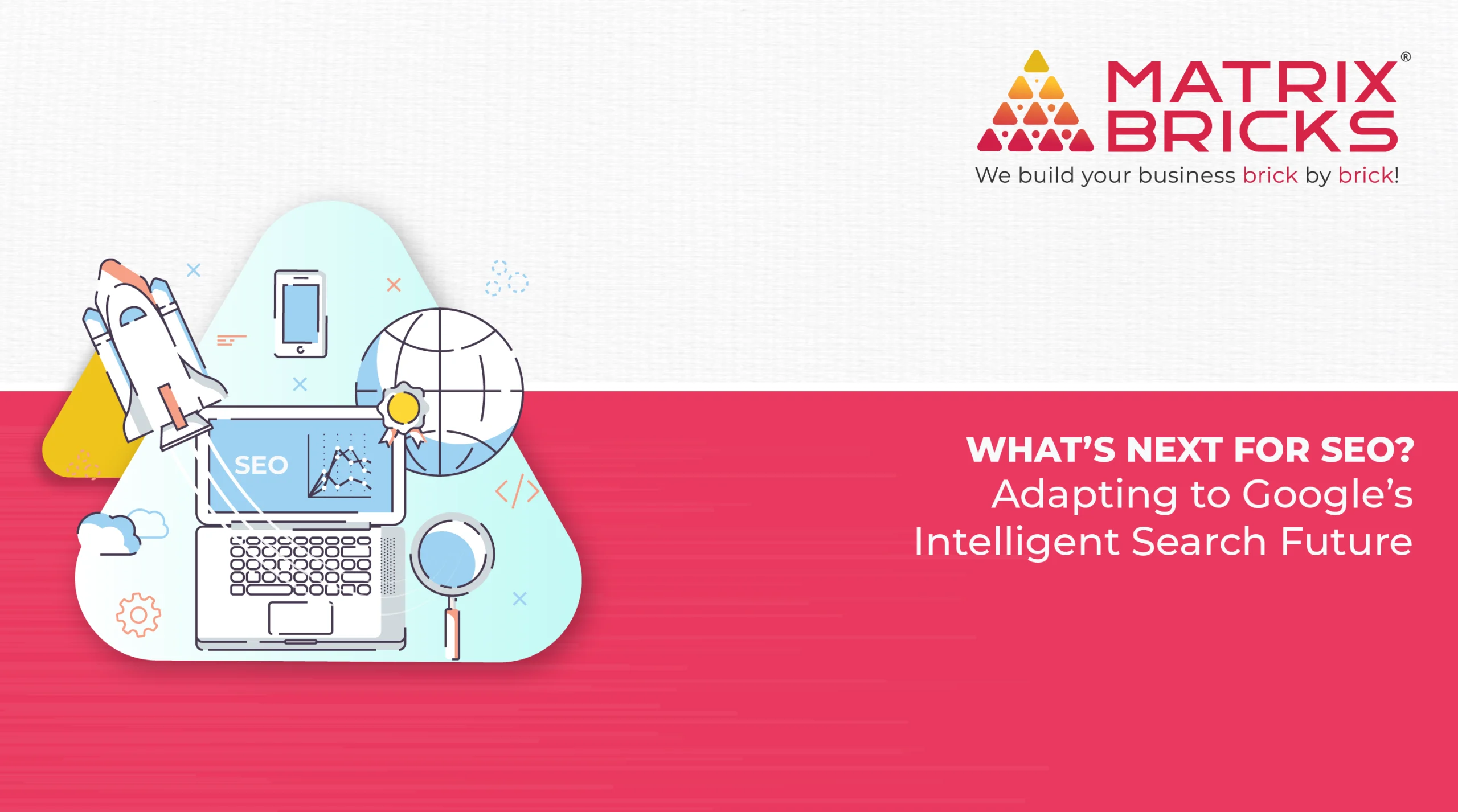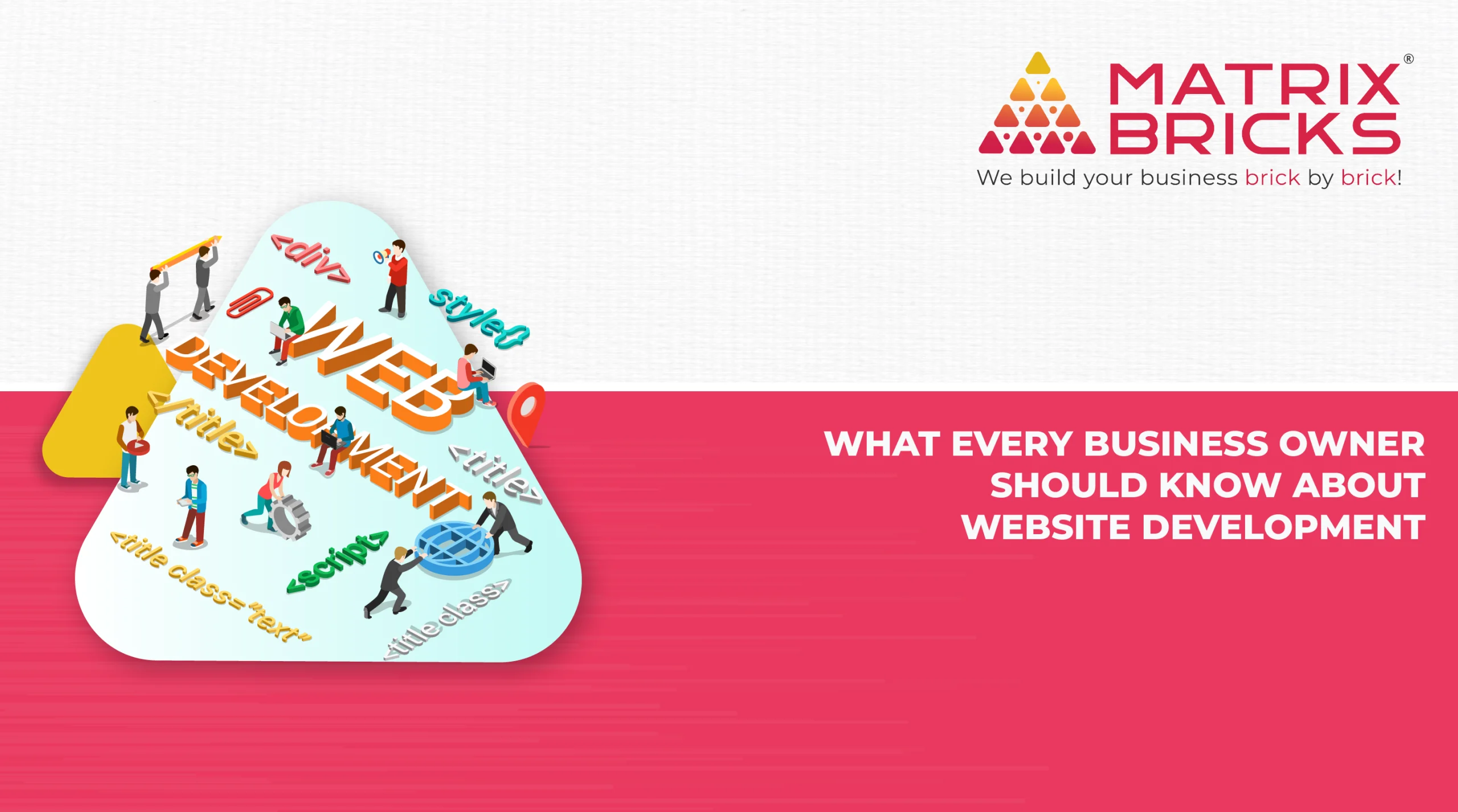
Facebook publicizing, when done effectively, can be a significant resource for your promoting endeavors. Facebook offers organizations a wide assortment of promoting choices to look over, and with a system of billions of clients, it gives the possibility to arrive at huge amounts of possibilities.
Nonetheless, there is a great deal of moving parts that go into making and keeping up effective Facebook promoting efforts. In case you’re inexperienced with the intricate details of the stage, it’s conceivable to fall into some quite regular snares. Here is a portion of the mix-ups that I see organizations setting aside a few minutes and again on the stage, and what you can do to dodge them.
1. Setting Wishy-Washy Goals
Facebook promoting is a solitary strategy inside your more extensive advertising system. In any case, that doesn’t mean you can be under deliberate about the decisions you make when structuring your crusades.
It’s insufficient to simply make posts advancing your business and expectation that some nonexclusive positive attitude happens to it. You have to set explicit objectives for every single publicizing effort you embrace. In case you’re advancing the dispatch of another item, set an objective to sell X number of units. On the off chance that your crusade is intended to direct people to your site, set an objective to expand CTR by X rate focuses.
By beginning considering an unmistakable objective, your informing inside the crusade will be more grounded and more focused on. Besides, you’ll know which measurements you ought to watch out for and will know precisely how you’ll characterize accomplishment toward the finish of the crusade.
2. Selecting the Incorrect Ad Type
Once you’ve set goals for your campaign, it’s time to select the type of ad you want to run. Facebook offers businesses a wide variety of choices, and the various ad types can help you achieve all sorts of goals from greater exposure for your brand to more conversions to facilitating offer claims.
Fortunately, Facebook makes it easy for marketers to determine what each ad is designed to do. Don’t try to get creative or reinvent the wheel in this step; go with the ad type that Facebook says best aligns with your goals.
3. Sticking to Only One Medium
If you’ve ever sat on Facebook and scrolled through your newsfeed, you know how easy it is for that content to simply become a blur. That’s why you need to do something unique to stand out from the personal posts, articles, and other ads filling up users’ feeds.
Facebook suggests that you keep text to a minimum on your images (ideally less than 20 percent). Include images that are bright, arresting, and are aligned with your brand’s tone. Go beyond still images and think about including video content. But most importantly, mix things up. Even if you’re creating fascinating, engaging video ads, they’ll begin to feel stale after a while if that’s all you ever do. Mix up your media in order to keep viewers on their toes and eager to see what comes next from you.
4. Targeting Improperly
Facebook publicizing focusing on permits you to recognize the ideal crowd for your advertisements. This shields you from squandering your promotion spend on individuals who might never sensibly be keen on your business, however, appropriate focusing on is a dubious exercise in careful control. Make your crowd excessively tight, and Facebook will be not able to convey your advertisement. Be that as it may, make your crowd excessively wide, and there will be bunches of individuals who are not reasonable possibilities seeing your advertisements.
Set aside the effort to break down the socioeconomics and activities of your present crowd. You can even venture to such an extreme as to send your current clients an overview, getting some information about their profile and way of life. Facebook even gives the alternative to you to make copy crowds for your promotion. By transferring a rundown of your current clients, Facebook would then be able to break down that bunch for basic qualities and target comparable crowds.
5. Letting Ads Go Stale
Even the best of Facebook ads begin to lose their luster after a few weeks. Users scroll past the same images and type time and again, and they eventually begin to gloss over the content. That’s why it’s critical for marketers to keep refreshing their ads on the platform.
Changing up images, altering the text, and otherwise making the content appear fresh and new to the viewers is the way to get your brand noticed all over again.
6. Forgetting About Facebook Pixel
Facebook Pixel is a line of code that you insert into your website in order to track customer behavior on your website that happens as a result of your advertising efforts. This provides you with measurable data so that you know if your ads achieved the desired results. This data can also help to inform your future marketing efforts. When you understand what was successful and what didn’t work so well in a given campaign, you can make changes to amplify the successes and pivot from the failures in the future.
There are a lot of moving parts for marketers to wrap their heads around when it comes to Facebook advertising. Understanding some of the most common mistakes businesses make can help you get more bang for your advertising buck and create content that stands out in a crowded newsfeed.
7. Duplicating Efforts
Facebook is great at identifying their users who are most likely to want to see your advertising. Unfortunately, that sometimes means that people who are already familiar with your brand and who have converted on their own become the target of your Facebook advertising.
This is, of course, a waste of your time and budget. If they’ve already signed up for your newsletter, there’s no need to advertise said newsletter to them again! This is where the use of custom audiences comes in. Pull a list of all of your prospects or customers who have already taken the action you’re hoping to drive with the advertising and create a custom audience that excludes these people from seeing your ads. Not only does this save you money, but it also keeps you from annoying those who have already said yes to your brand.





